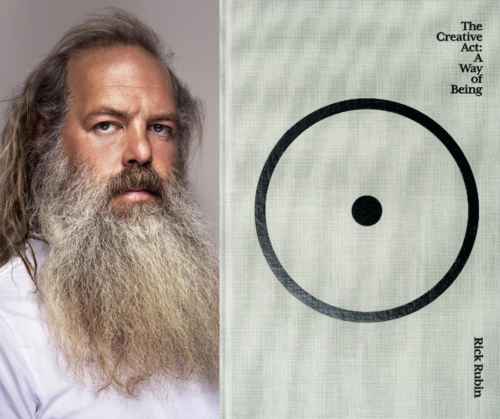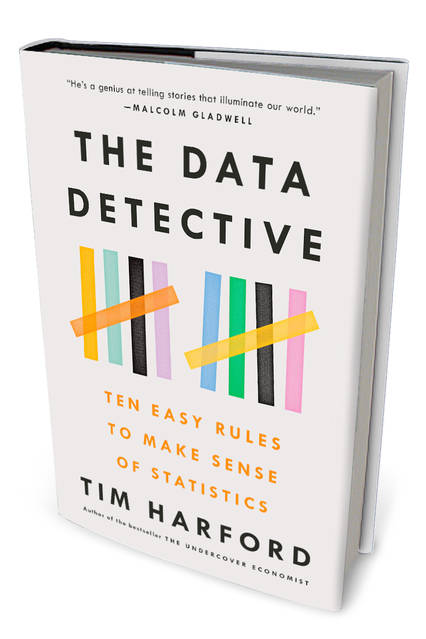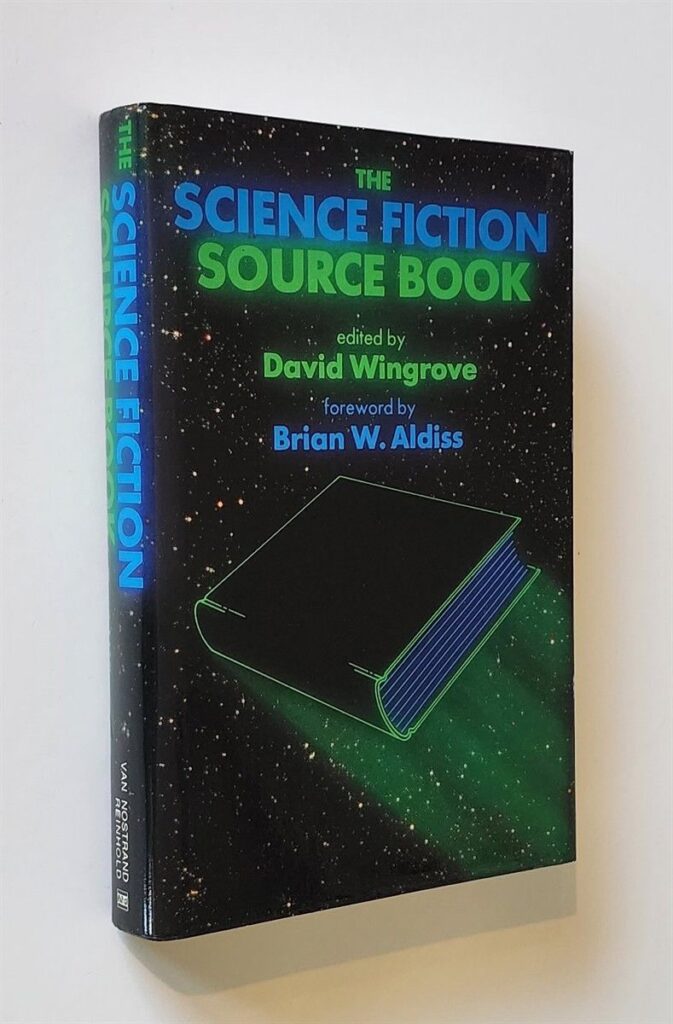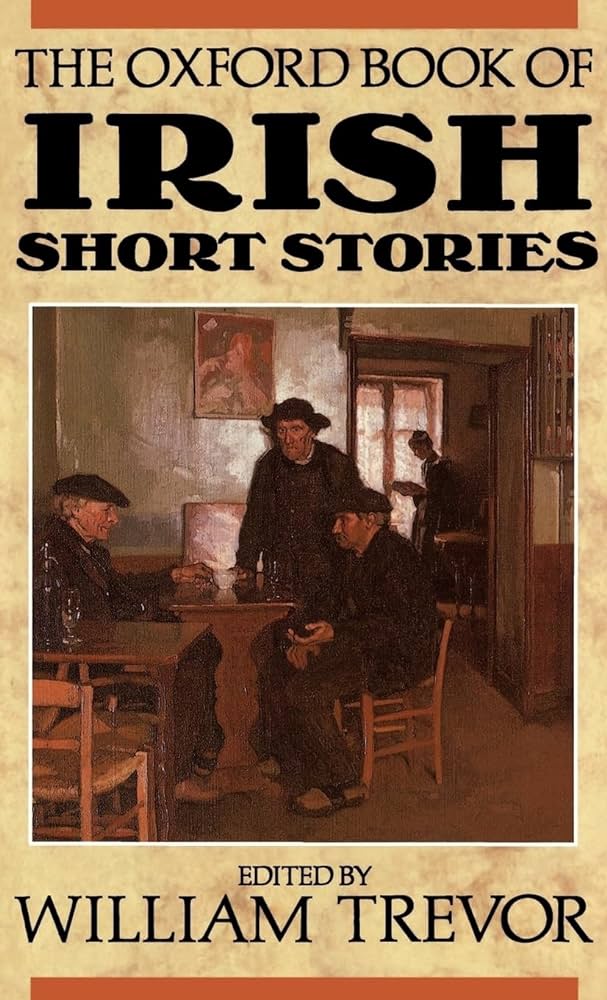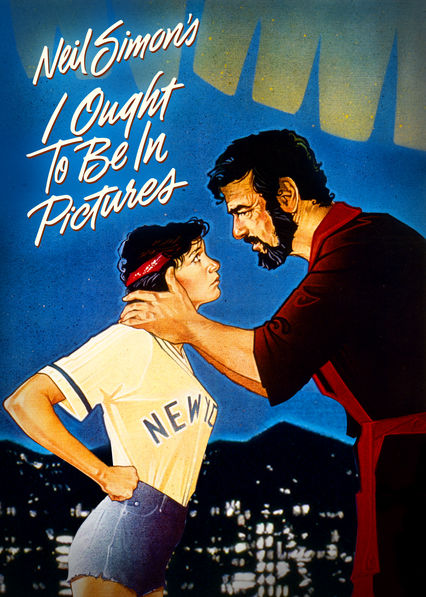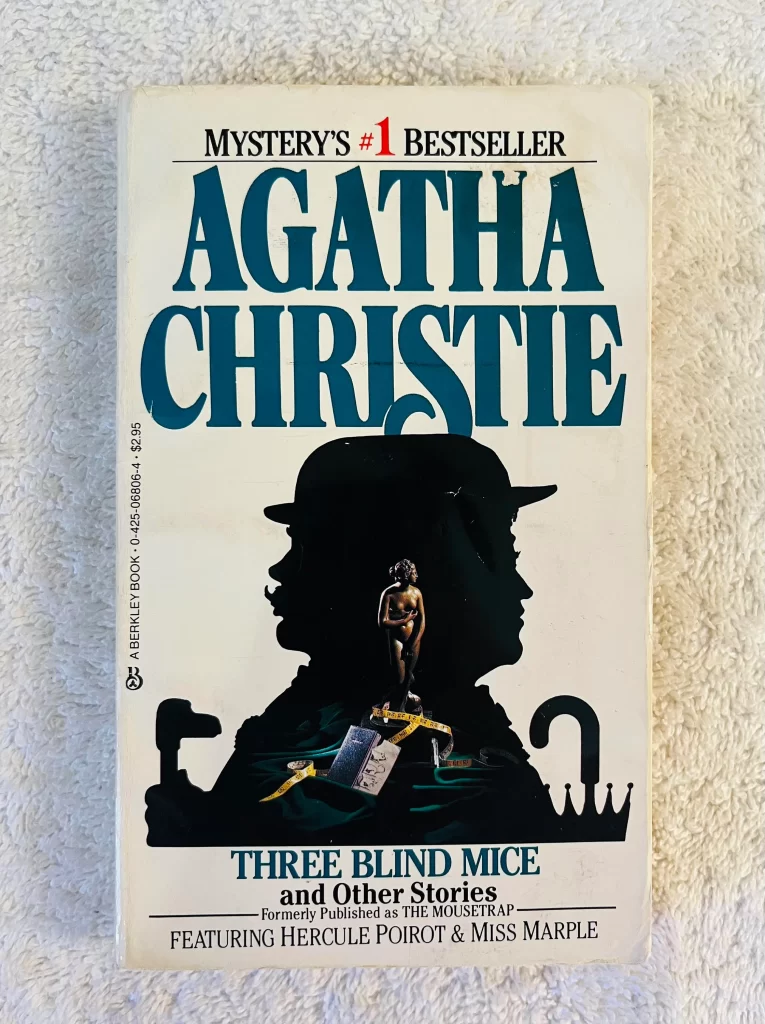
Three Blind Mice and Other Stories (aka, The Mousetrap) includes some Miss Marple stories, some Hercule Poirot stores, and a Harley Quin story.
“Three Blind Mice” is the basis for the famous play, “The Mousetrap,” which opened in London in 1952 and became the longest running play in the English language.
But my favorite stories in Three Blind Mice and Other Stories are “Tape-measure Murder” and “The Third-Floor Flat” and “The Adventure of Johnnie Waverly.” In “Tape-measure Murder” Miss Marple solves the murder with a clever twist. Poirot investigates the murder of a woman in an apartment building and solves a tricky time-line problem to snare the killer. A wealth couple see Poirot after their young son is kidnapped. They receive letters before the kidnapping asking for 25,000 pounds. The couple refused to pay. The kidnapper sent another note giving the day and the time of the kidnapping. The couple contacted the police who staked out their estate at the appointed time. Nonetheless, the boy was kidnapped. Poirot uses his little gray cells to resolve the crime.
If you’re looking for some short stories with engaging crimes and puzzles, Three Blind Mice and Other Stories will answer your needs. GRADE: B+
TABLE OF CONTENTS:
- Three blind mice — 1
- Strange jest — 73
- Tape-measure murder — 87
- The case of the perfect maid — 103
- The case of the caretaker — 119
- The third-floor flat — 135
- The adventure of Johnnie Waverly — 157
- Four and twenty blackbirds — 173
- The love detectives –189

